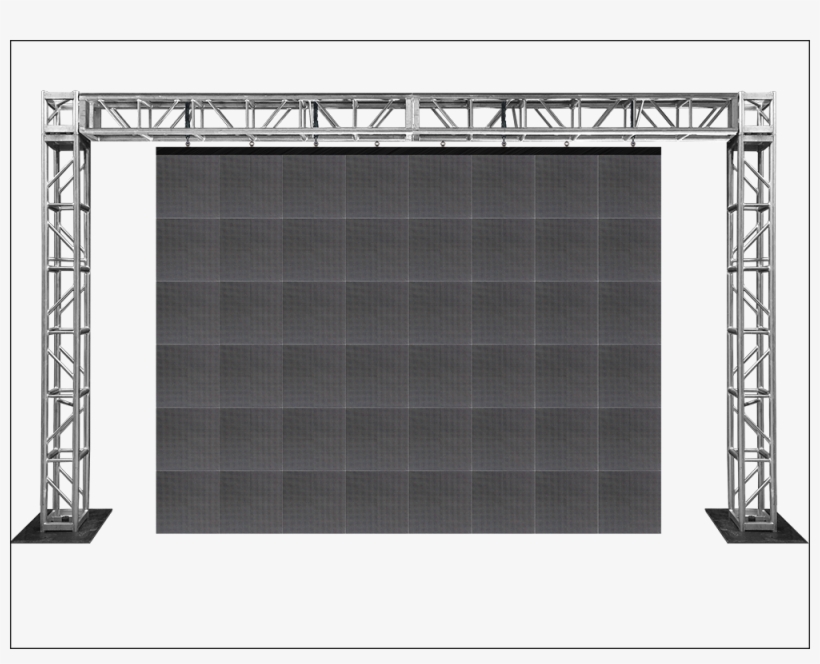Enhancing Efficiency and Reliability By Advanced Heat Control in LED Wall Systems
Wiki Article
Light Emitting Diode wall modules have become more and more prevalent across diverse industries, such as promotion, entertainment, as well as even residential decor. Such panels provide brilliant, dynamic presentations that can capture focus and enhance aesthetic impact. However, one key aspect of preserving their effectiveness and longevity is proper heat management. As Light Emitting Diode screens operate, they produce temperature rise. If this thermal load is not handled properly, it can result in lowered luminance, chromatic precision, and even a shorter lifespan for the panels. Consequently, knowing how to effectively dissipate thermal output is vital for maximizing the efficiency of luminescent wall panels.

Heat control in Light Emitting Diode applications refers to the approaches used to handle and reduce the surplus heat created during use. One common method involves substances with superior heat transfer capability, for example aluminium or metal alloys. These materials can efficiently transfer thermal energy off of the LED elements, keeping the working temperature at a safe level. Additionally, the configuration of lighting wall panels has a important role in thermal control. Panels that include heatsinks or airflow mechanisms permit hot airflow to dissipate while drawing in fresh currents, further supporting heat management.
An additional key consideration in effective thermal control is proper setup and arrangement of LED displays. Guaranteeing that there is sufficient room around the units facilitates better ventilation, which works to regulate them down. It is also important to prevent installing lighting panels in sealed areas where temperature can become trapped. Instead, they should be mounted in environments with effective ventilation to promote efficient heat control. Specialists often suggest positioning Light Emitting Diode displays not near intense sunlight or other thermal emitters to avoid excessive heat.
Regular servicing of luminescent wall news panels is also crucial for maintaining proper heat dissipation. Particles and contaminants can collect on the outer layer of the screens and inside their components gradually. This accumulation can block circulation and hinder the unit’s capability to cool effectively. Cleaning the exteriors routinely and verifying that any inside components are free from obstruction will assist sustain peak performance levels. Additionally, inspecting for any indicators of deterioration or defects can assist in mitigating excess heat risks explanation before they become severe concerns.
In summary, efficient temperature dissipation is essential for enhancing both the efficiency and durability of Light Emitting Diode displays. By utilizing components with strong conductive properties, providing correct setup and arrangement, and conducting consistent servicing, owners can substantially elevate their luminescent results. Applying these practices not only aids in sustaining the standard of the displays but also contributes to energy efficiency and sustainability in lighting solutions. With ongoing technological progress, prioritizing heat management will stay an critical component of employing LED displays to their maximum capability.